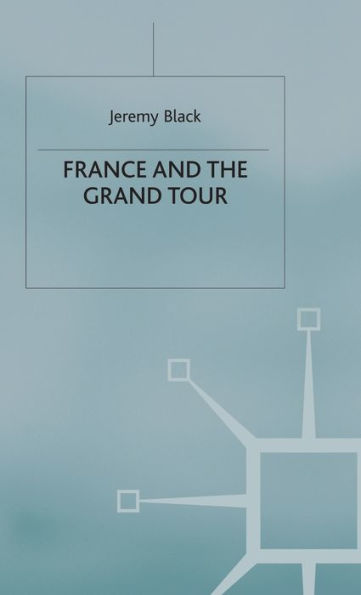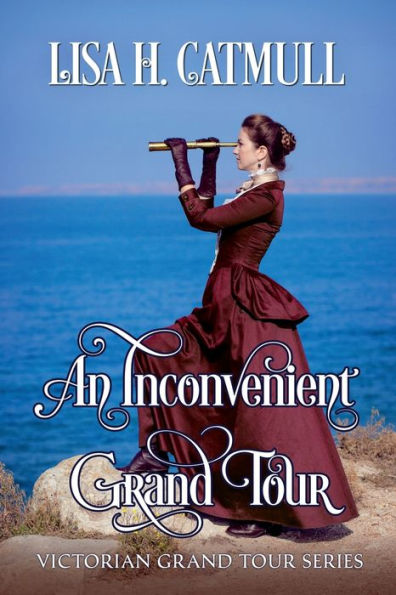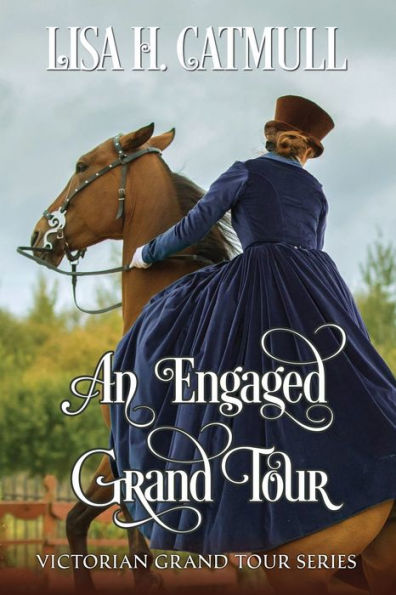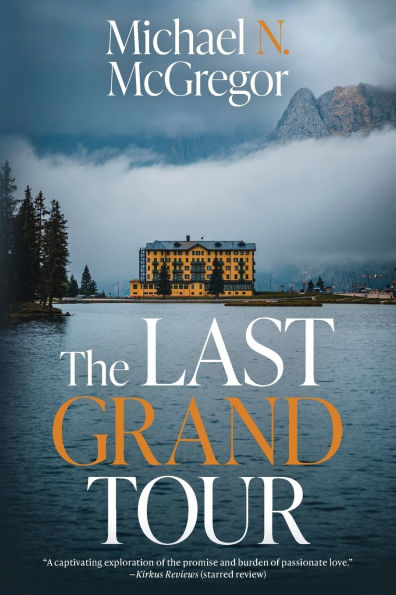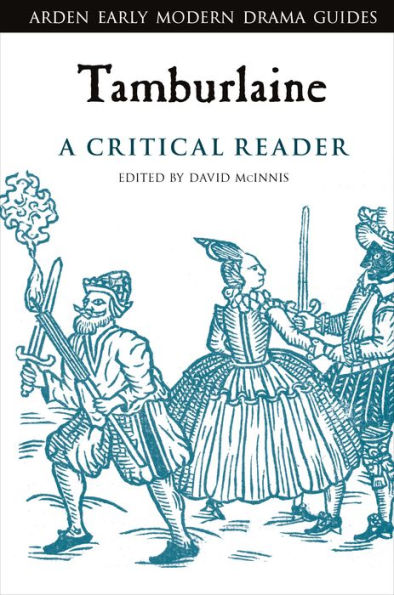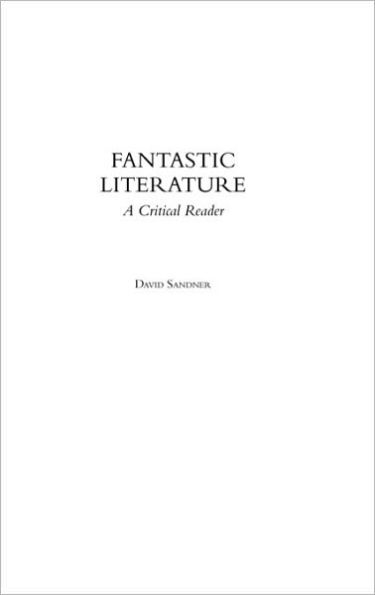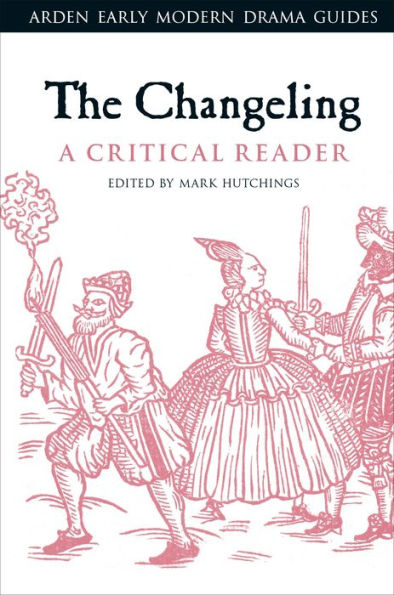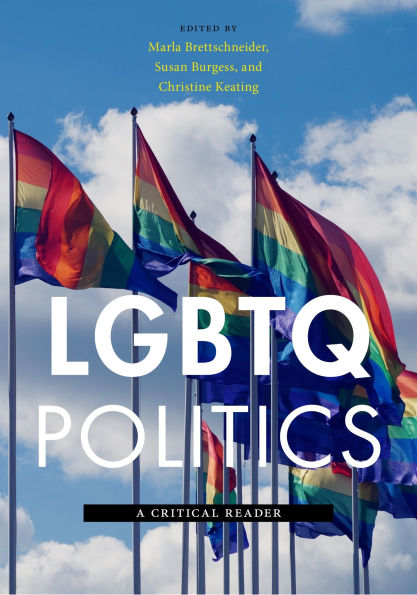Home
A critical reader of the romantic grand tour: Tristes plaisirs
Barnes and Noble
A critical reader of the romantic grand tour: Tristes plaisirs
Current price: $130.00
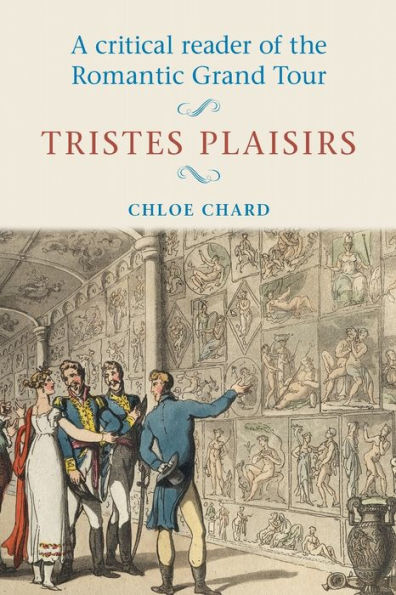

Barnes and Noble
A critical reader of the romantic grand tour: Tristes plaisirs
Current price: $130.00
Size: Hardcover
Loading Inventory...
*Product information may vary - to confirm product availability, pricing, shipping and return information please contact Barnes and Noble
Chloe Chard assembles fascinating passages from late eighteenth-century and early nineteenth-century accounts of travel in Italy, by Northern Europeans, writing in English (or, in some cases, translated into English at the time); 'Tristes Plaisirs' includes writings by Charles Dupaty, Maria Graham, Anna Jameson, Sydney Morgan, Henry Matthews and Hester Lynch Piozzi.
The extracts often focus on the labile moods that contribute to the ‘triste plaisir’ of travelling (as Madame de Staël termed it): moods such as restlessness, anxiety, exhaustion, animal exuberance, sexual excitement and piqued curiosity.
The introduction considers some of these responses in relation to the preoccupations and rhetorical strategies of travel writing during the Romantic period and introductory commentaries examine the ways in which the passages take up a series of themes, around which the five chapters are ordered: ‘Pleasure’, ‘Rising and sinking in sublime places’, ‘Danger and destabilization’, ‘Art, unease and life’, and ‘Gastronomy, Gusto and the Geography of the Haunted’.
The extracts often focus on the labile moods that contribute to the ‘triste plaisir’ of travelling (as Madame de Staël termed it): moods such as restlessness, anxiety, exhaustion, animal exuberance, sexual excitement and piqued curiosity.
The introduction considers some of these responses in relation to the preoccupations and rhetorical strategies of travel writing during the Romantic period and introductory commentaries examine the ways in which the passages take up a series of themes, around which the five chapters are ordered: ‘Pleasure’, ‘Rising and sinking in sublime places’, ‘Danger and destabilization’, ‘Art, unease and life’, and ‘Gastronomy, Gusto and the Geography of the Haunted’.
